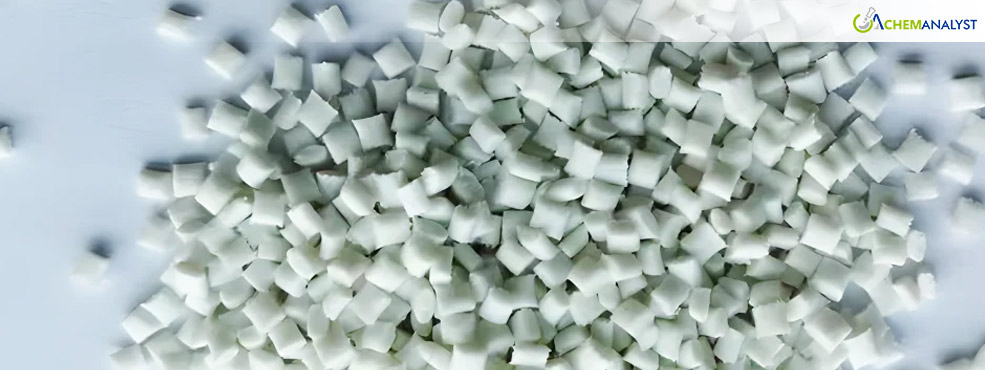Global PET Prices Soften in December H1 Amid Weak Production Costs and Sluggish Demand
- 18-Dec-2024 11:30 PM
- Journalist: Patricia Jose Perez
In the first half of December 2024, Polyethylene Terephthalate (PET) prices displayed a bearish trend across the US and Asian markets, while Europe witnessed minor fluctuations.
German PET prices remained stable with slight improvements, primarily driven by stocking activities in anticipation of Christmas and New Year festivities. Despite significant volatility in feedstock costs, European manufacturers increased their adoption of recycled PET, aligning with EU regulations to minimize plastic waste and promote circular economy practices. Regional supply levels were moderate, but demand remained subdued, reflecting a cautious market sentiment during this period.
The production outlook for PET in Germany stayed optimistic, even as the country’s Manufacturing PMI showed a marginal revision downward in November 2024 compared to October. Energy costs played a pivotal role in shaping PET production economics. Energy product prices fell by 3.7% year-on-year in November, while electricity costs decreased by 4.1% compared to November 2023. Brent Crude prices also eased, dropping slightly from USD 75.63 in October to USD 74.35 in November, according to the EIA. Feedstock trends painted a mixed picture, with PTA prices declining by 2.5%, while MEG prices rose by 2.3%, impacting overall PET production costs in the region.
In the US, PET prices followed a bearish trajectory, declining by 1.6% during December H1. This decline was primarily driven by weak feedstock cost support and sluggish market appetite. The influx of cheaper overseas imports further weighed on PET prices, while subdued logistics freight contributed additional pressure to the market. Feedstock prices exhibited minimal support, with PTA prices remaining unchanged and MEG prices rising by 1.28%, affecting domestic production costs. Additionally, the Consumer Price Index rose by 0.3% in November, following consistent increases of 0.2% over the previous four months, as reported by the U.S. Bureau of Labor Statistics. This rise influenced PET market demand dynamics, albeit modestly.
In APAC region, the PET market saw a pronounced bearish trend, with China experiencing the steepest decline of 4.5% during December H1. This trend was underpinned by weak seasonal demand from downstream sectors, particularly soft drinks, which were in their off-season. Reduced terminal production further dampened procurement enthusiasm, with market transactions limited to fulfilling essential requirements. Despite an adequate supply of PET, cautious purchasing patterns from downstream buyers contributed to sluggish overall transactions and mounting inventory pressure. On the production side, feedstock volatility persisted, with PTA prices decreasing by 2.5% and MEG prices rising by 2.3%. These fluctuations are expected to influence PET production costs in the coming period.



